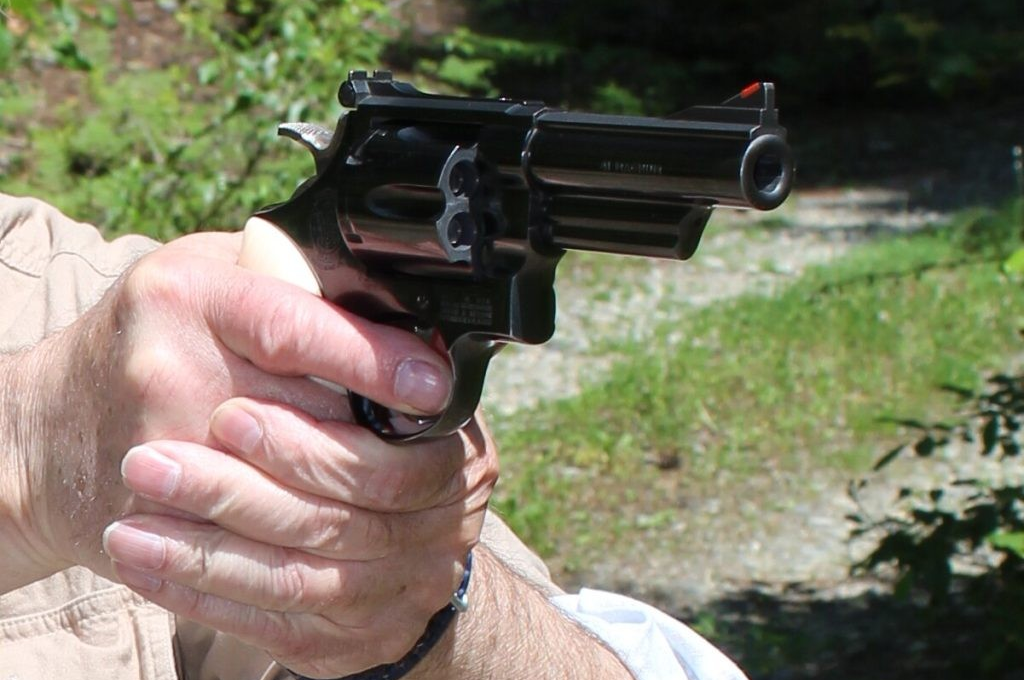
The New York Times has published an analysis of what is being called a “gun violence pandemic” in at least one other newspaper, asserting that over the past three-plus years, an estimated 47 million Americans lived in close proximity of a violent crime involving firearms.
According to the 2,100-word report, data for the analysis came from the Gun Violence Archive, unless otherwise noted.
The Philadelphia Inquirer localized its coverage of the report, noting, “the share of residents living near a homicide increased during the pandemic, from 65% in the four years before the pandemic to 75% between 2020 and 2023.”
According to its analysis, the Times reported that “gun deaths spread into new neighborhoods during the pandemic: An additional 8.7 million Americans now live on a block near a gun homicide — a 23 percent increase from the prepandemic years.”
The Times, which has a pro-gun control editorial history, asserted that an increase in gun ownership in the U.S. “made it more likely for violent disputes to become deadly.”
There does not seem to be a differentiation between murders and acts of self-defense, and the Inquirer also reported, “the rise in shootings disproportionately impacted communities where residents, mostly Black and brown, had long suffered not only from violence, but also endured higher poverty levels, lower life expectancy, and more blighted housing.”
The Times said Black people are “five times as likely to live near a gun homicide as white people.” Other minorities experience a disparity in violence as well. Latinos are three times as likely, Asian Americans are twice as likely and Native Americans “were 1.4 times as likely.”
Neither report refers to people doing the shooting, only the people living within close proximity of the incidents.
The Times analysis mentions dramatic spikes in shootings in cities such as Chicago, Milwaukee, Memphis and even Everett, Wash., a city north of Seattle.
While gun-related violence is on the rise, the Times article acknowledged Washington is facing another serious problem: fentanyl. In Everett, the story says, the “fentanyl epidemic has spun out of control.” Police manpower is down and Evergreen State lawmakers—Democrats control the Legislature, the Attorney General’s office and the Governor’s office, as well as the city councils in Washington’s largest cities—have made it tough for police to deal with criminals.
This may be one reason why more than 695,000 Washington citizens are licensed to carry concealed handguns.



